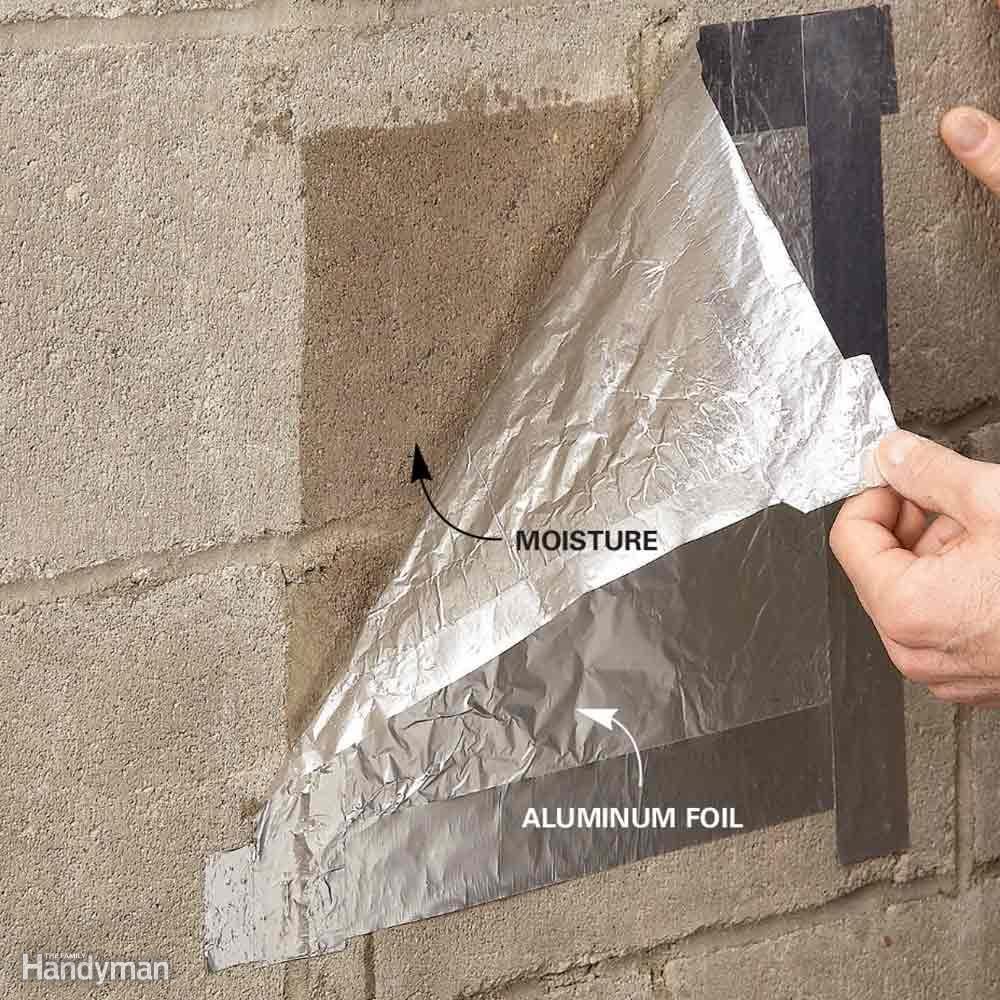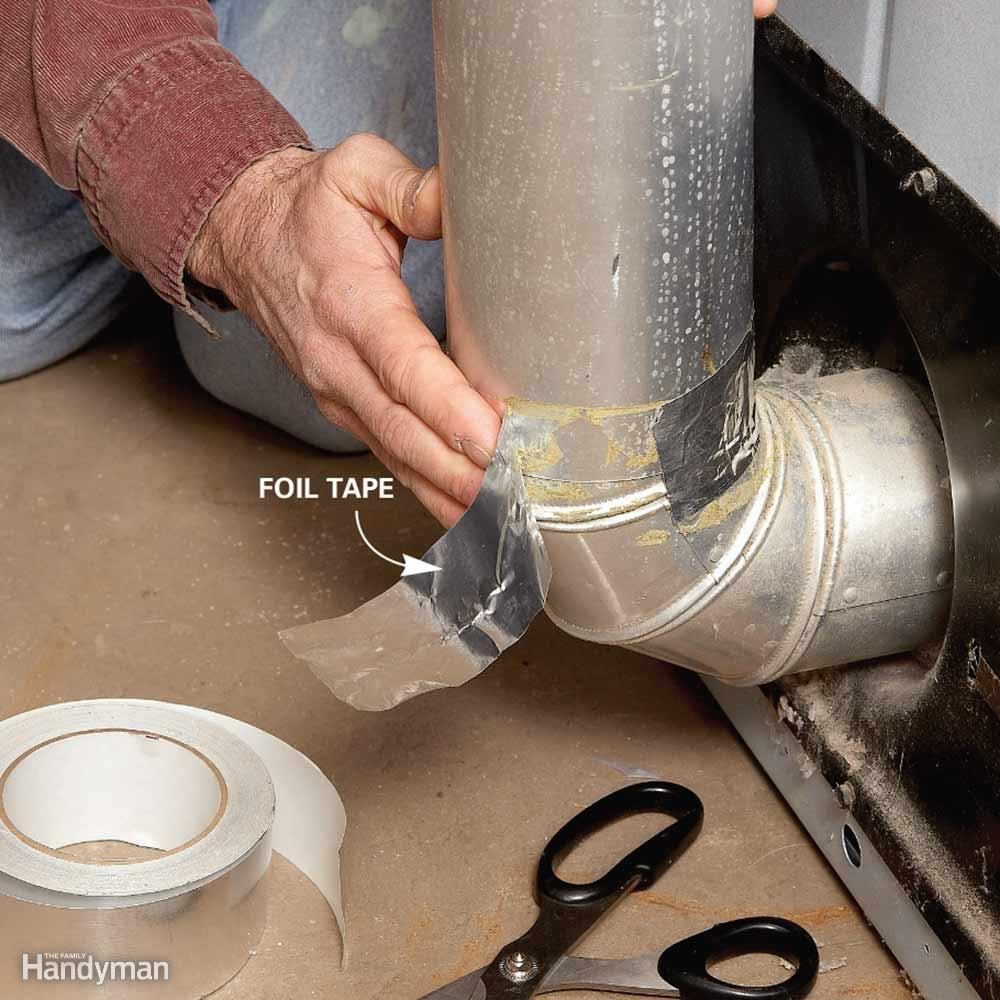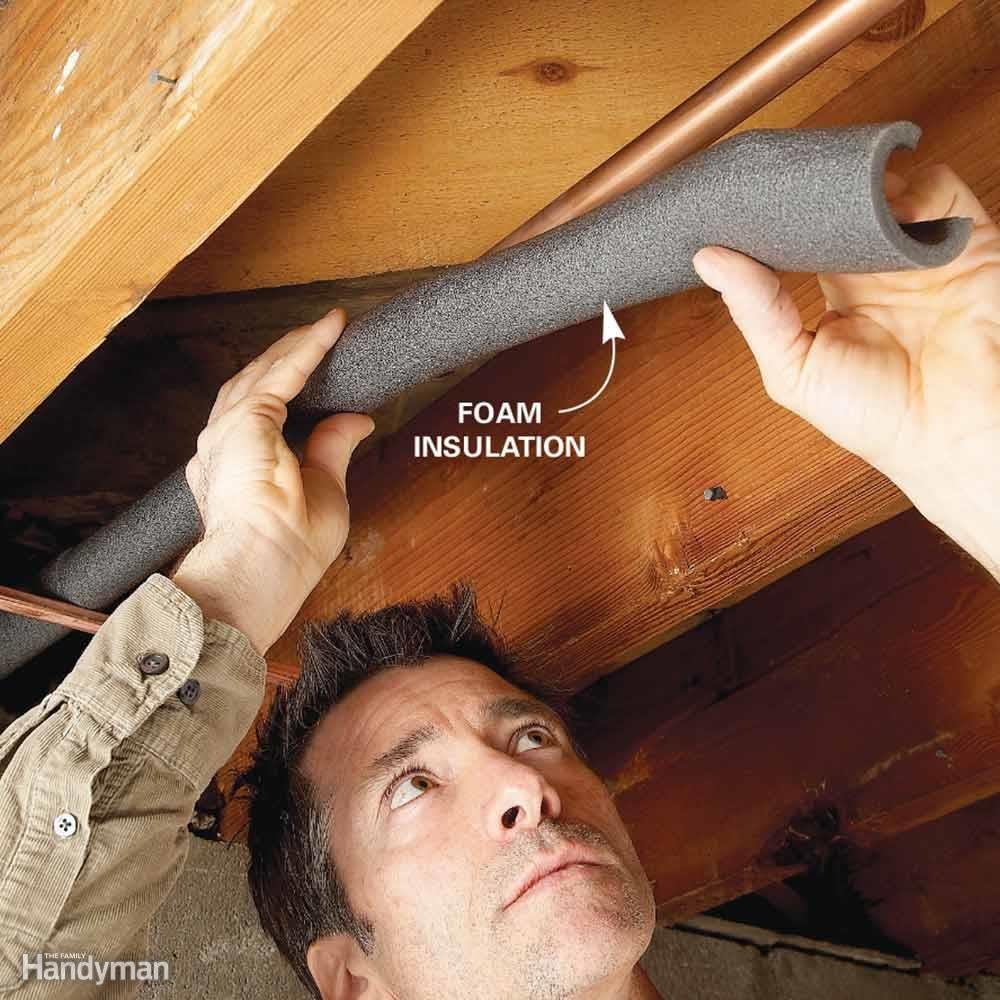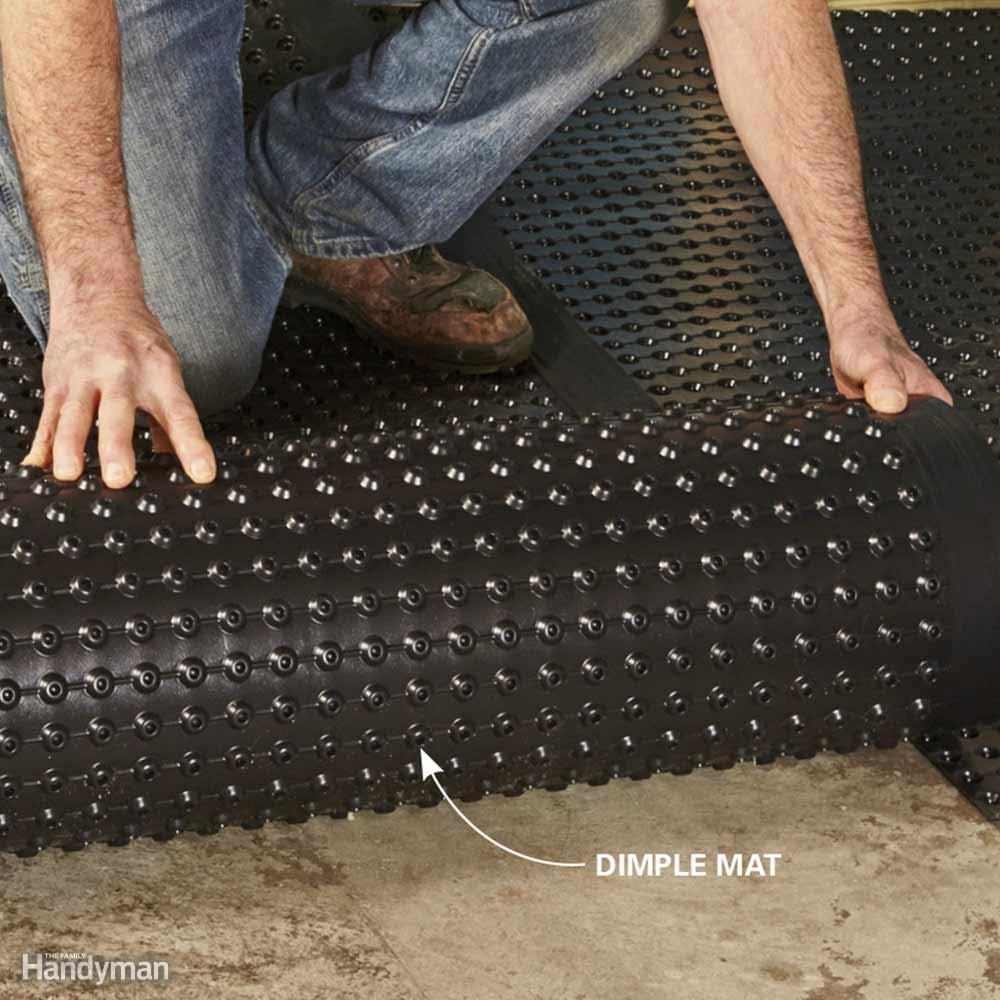these strategies will help you dry it—permanently.
Our editors and experts handpick every product we feature. We may earn a commission from your purchases.
Learn more.
these strategies will help you dry it—permanently.
Our editors and experts handpick every product we feature. We may earn a commission from your purchases.
Learn more.

Water or moisture gets into basements through two sources. One is indoor humidity that condenses on cold surfaces, such as the sweat on a cold glass of lemonade on a hot and humid day. The other main source is water—or water vapor—coming in from the outside. Rainwater, melting snow, or groundwater can saturate the soil around your foundation and leak in. Water can leak through cracks in the foundation or walls, or it can penetrate porous concrete or masonry walls in the form of water vapor.
To help you diagnose the problem, tape aluminum foil to your basement wall and inspect it a few days later. Moisture on the outside surface of the foil indicates high indoor humidity. Moisture behind the foil means moisture is leaking through the walls.

Eliminate the sources of humid air. Seal leaky dryer vents with foil tape to prevent unwanted humid air from entering your basement. Don’t just use duct tape; it’ll eventually fall off.
Add an exhaust fan to your basement bathroom and make sure your family members turn it on during showers. Keep your basement windows closed during humid weather. And if you’re still getting condensation on cool surfaces, run a dehumidifier to lower the indoor humidity.

Condensation can build on cold pipes, leading to dripping and more basement water problems. Cover cold water pipes with foam pipe insulation to stop condensation. The foam insulation is inexpensive and easy to cut with scissors. It also helps prevent pipes from freezing in the winter, which can cause serious flooding problems. Add flood vents to protect your home.

Insulate exterior walls to prevent condensation. In cold climates, insulating basement walls also saves energy and reduces your heating bill. But don’t cover the walls with insulation if water is leaking in from outside; you’ll just create a potential mold problem.

Not all foundation cracks are created equal, so it’s important to identify cracks that can contribute to leaks. Plugging them probably won’t solve basement leaks, but it’ll help. Hydraulic cement works great for patching holes in a foundation because it can set up even under water, and it expands as it sets to seal the hole and lock the plug in place.
Use a cold chisel or an angle grinder fitted with a masonry-cutting disc or diamond blade to enlarge the hole or crack into an inverted “V,” with the narrow part of the “V” on the surface of the wall. Then follow the package instructions for mixing and using the hydraulic cement.

Paint-on waterproofing coatings fill the pores in the concrete or masonry walls and prevent water from leaking in. To be effective, these coatings must be applied to bare concrete or masonry walls. Start by removing loose material with a wire brush. Then clean off any white powdery “efflorescence” with masonry cleaner.
Follow the safety and application instructions carefully. A common mistake when using masonry waterproofing products is to spread them too thin. The goal is to fill every pinhole to create a continuous waterproofing membrane. Brush the coating in all directions to completely fill every pinhole. Add a second coat after the first dries.

The best permanent fix for chronic basement leaks is to install drainage tubing below the basement floor and to connect it to a sump basket and pump. You can install a system like this yourself, but breaking out the concrete floor, burying the tubing and patching the floor is a lot of backbreaking work.

Plastic drainage mats, or dimple mats, allow air to circulate under the flooring and provide a moisture barrier. They also provide an insulating layer of air that separates the floor from cold concrete, reducing the potential for moisture damage from condensation or water vapor migrating through the concrete.

A flooded basement can cause expensive water damage and even be a health hazard. A sump pump transfers water from your basement to a place it can drain safely. Sump pumps must be installed at the lowest level of the floor. They don’t have to be in a pit, but digging a pit in the basement floor is usually the best option. The pit is typically lined with a prefabricated plastic basin with a cover. Depending on the height of the water table, a submersible pump is installed in the pit or a pedestal pump is installed on the basement floor.

It’s important to do a thorough check of the ground around your foundation. For this you’ll need a four-foot level, a tape measure and a notepad. First draw a simple sketch of your house and yard. Then use the level to check the slope of the ground around your foundation. Look for areas of sunken soil, garden beds with edging that protrudes to form a dam, and ground that slopes toward the house. Make notes on your sketch with arrows to show which way the ground slopes. This step will help you develop a plan for redirecting the water away from the foundation.

If your basement leaks after heavy rains or after snow melts, regrading the soil around your foundation may solve your wet basement issues. It’s common for the soil alongside your house to settle over time, creating a moat that collects runoff and directs water down your foundation wall and into the basement. Lawn edging and gravel along the foundation can make things worse.
Solve the problem by creating a six foot wide slope that drops about six inches away from the foundation. Cover the sloping soil with a layer of 6-mil poly. Then hide the poly with mulch, gravel or a layer of soil covered with grass. This will keep water from soaking in near the foundation.

If your basement leaks after it rains and you don’t have gutters, consider installing gutters ASAP. Gutters catch the rain and channel it to the downspouts, which direct it away from the house. Whether you’re installing new gutters or already have them, be sure the downspouts have four- to six-foot horizontal extensions to move the water away from the house.